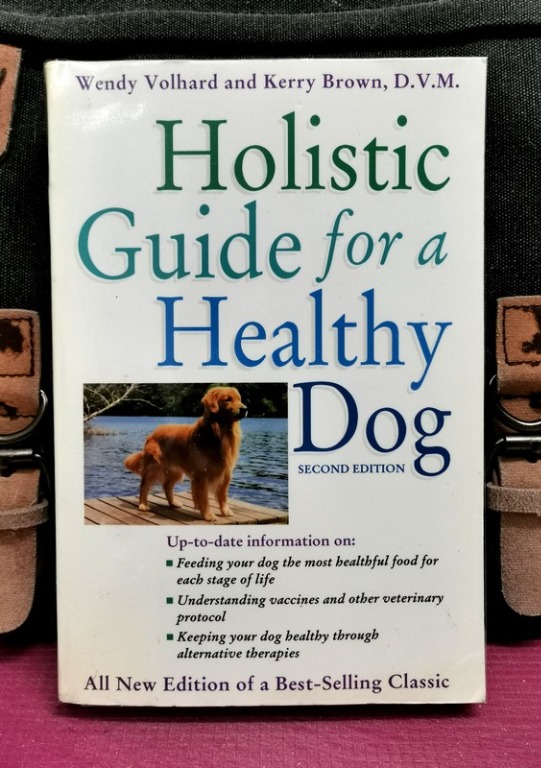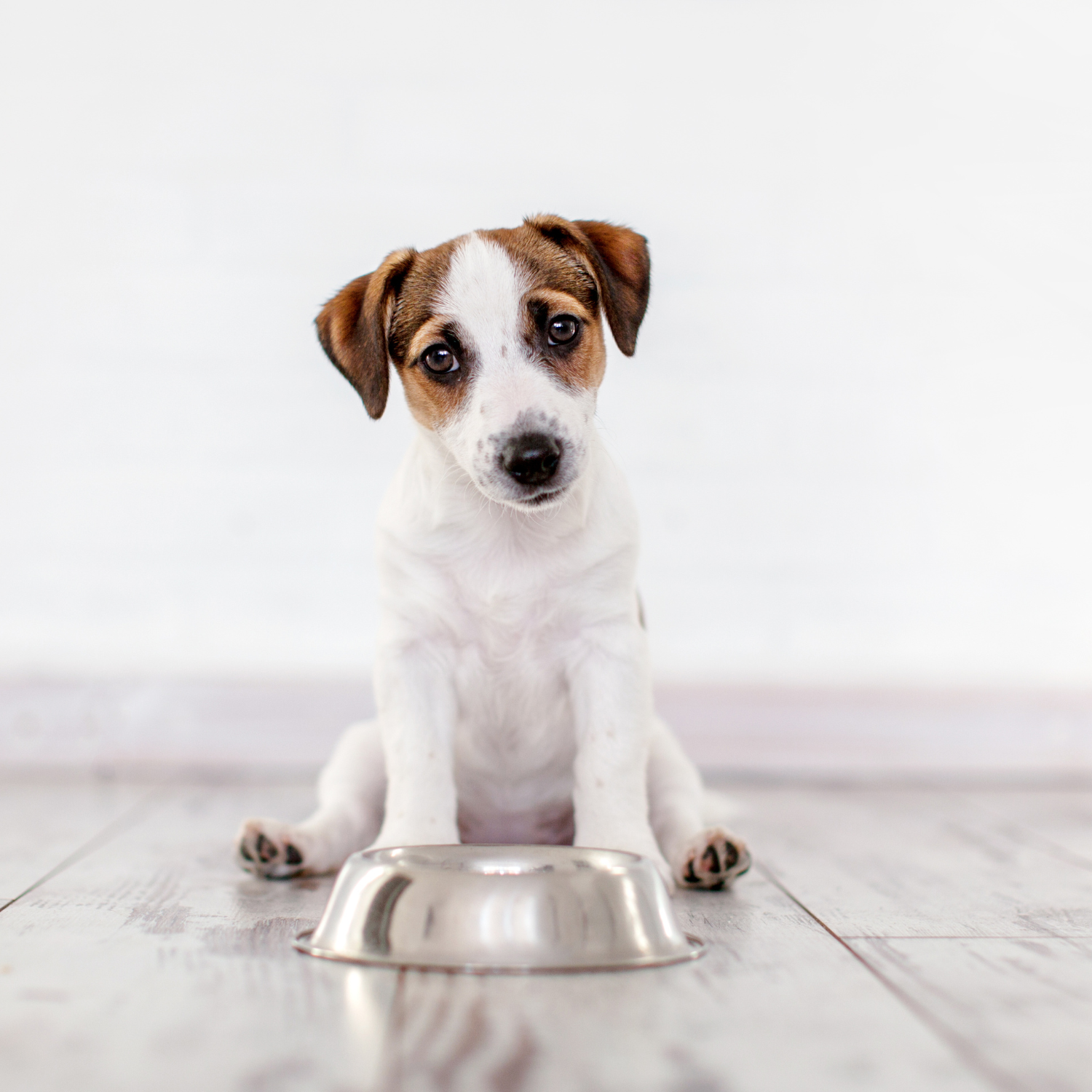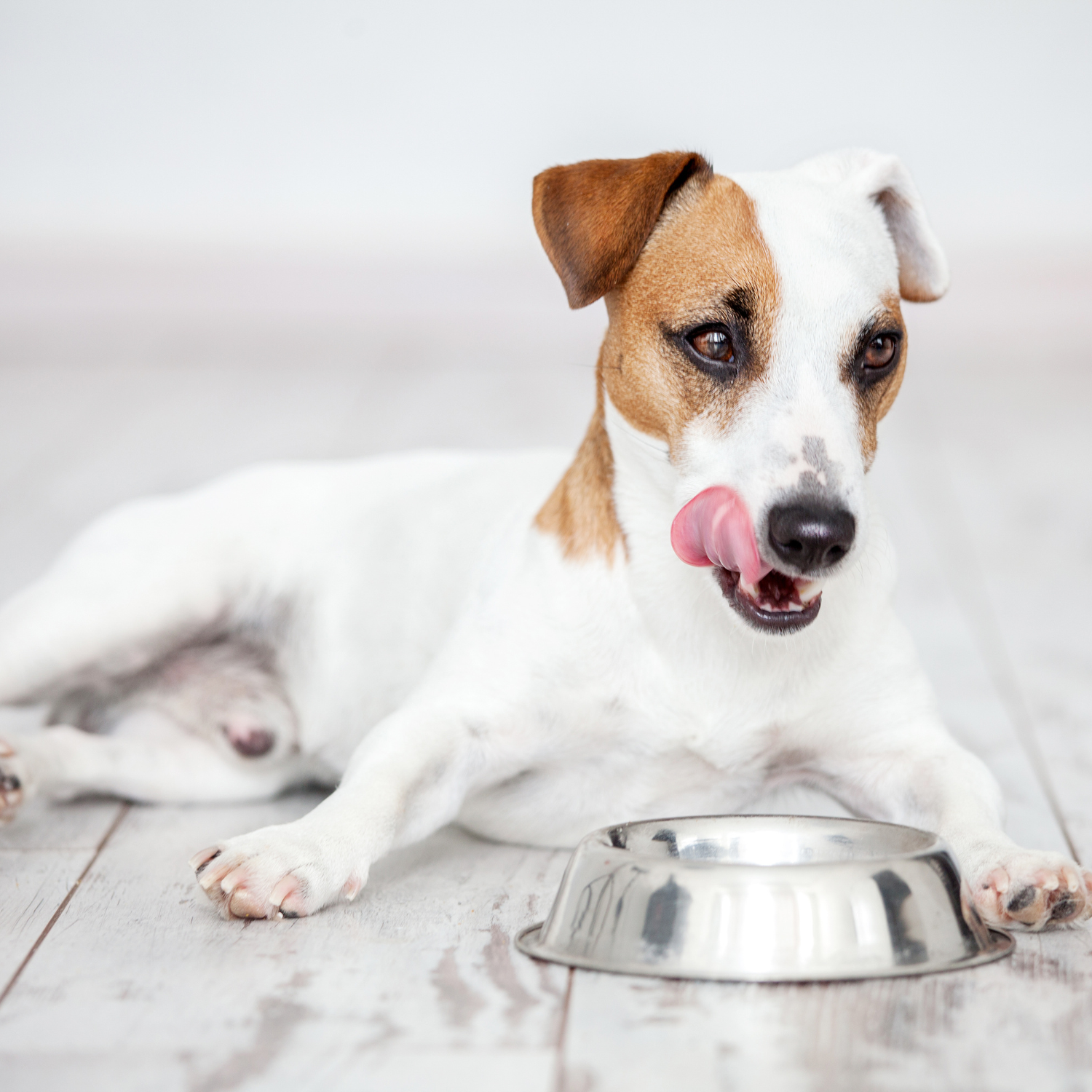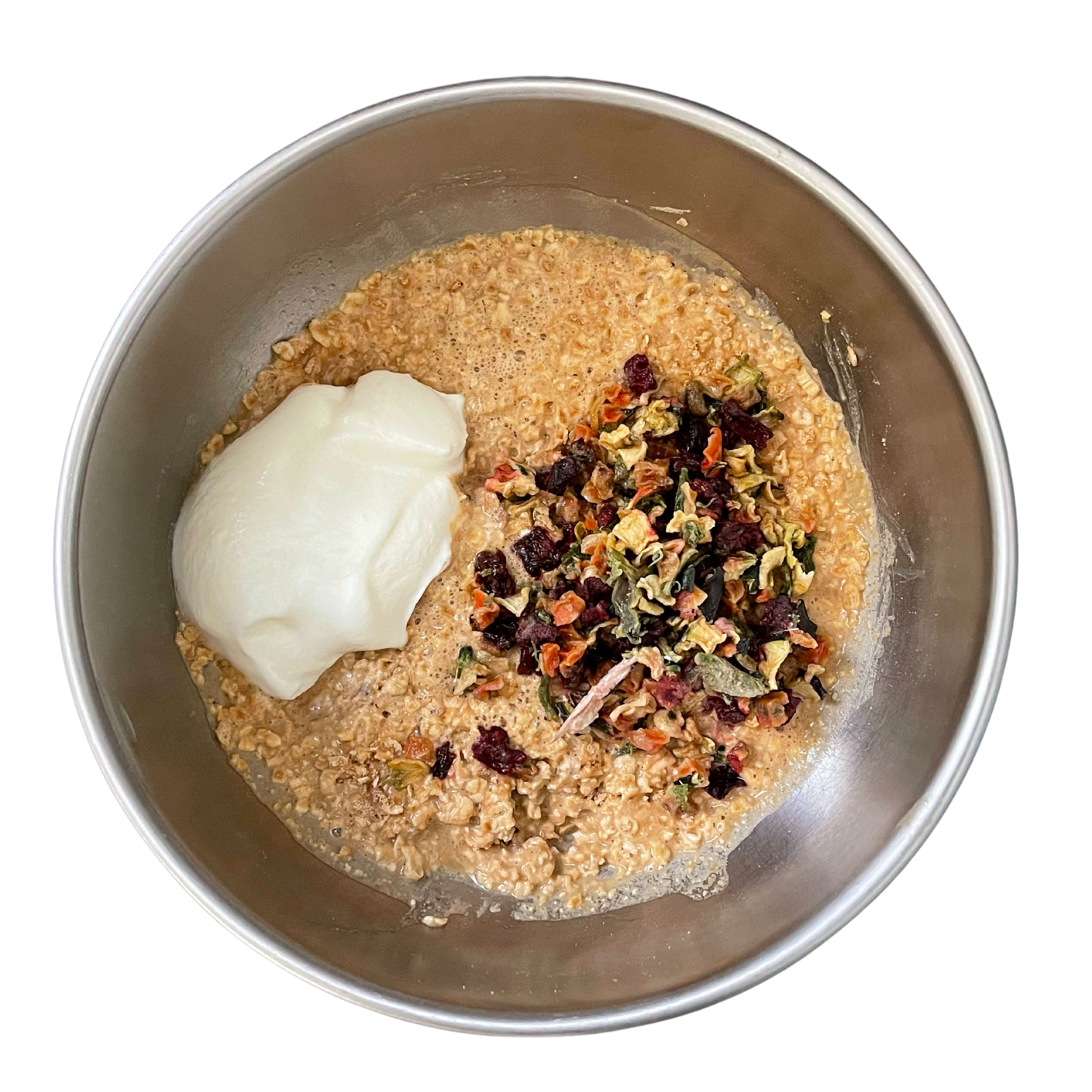The Cancer Diet

Excerpt from the 2nd edition “The Holistic Guide for a Healthy Dog”, Volhard/Brown DVM, 2000, Howell Book House available through Amazon.com.
The noted veterinary cancer specialist, Dr. Gregory K. Ogilvie of Colorado State University’s Department of Clinical Sciences, suggests following the percentages
listed below for making a cancer diet for your dog.
- 37% animal protein
- 32% fat – mostly from animal sources
- 21.6% carbohydrates
- 3.5 Omega-3 fatty acids
- 2.5% DHA fatty acids
- 3.4% Arginine (amino acid)
This diet provides adequate protein for the dog to heal during the process
of treatment and not enough carbohydrates to sustain the tumors.
Since the diet below is mostly protein, fat and a small amount of carbs,
several small meals a day may have to be given to maintain weight.
We at Volhard Dog Nutrition put together a diet using these principles, for Crystal, a Landseer Newfoundland owned by Pinny Wendell of Chicago, who in 1998 was diagnosed with Lymphsarcoma at age 10. She went on to live to 12 ½ being full of life, having a gorgeous coat and wanting to work daily.
She looked years younger than her age. Crystal’s diet, as it has become known, has worked for many dogs that have had cancer. Crystal was treated with traditional chemotherapy as well as receiving nutritional support.
Crystal's Diet:
Breakfast for a 100-lb dog – adjust accordingly.
- 1 cup of cooked oatmeal
- 1 egg with shell, lightly cooked
- ½ cup of any of the following: sour cream – or heavy cream – or butter – or cheese – or chicken fat.
Use which of the above your dog prefers, or rotate on a daily basis.
Sometimes Crystal didn’t want oatmeal, and Pinny substituted white or red potatoes with skin, (thoroughly scrubbed) or sweet potatoes, green beans, broccoli or carrots.


Supplements:
Since Pinny was able to do kinesiology (muscle testing), she was able to work out how much of each supplement to give Crystal. If you can't do muscle testing, then always use the lowest possible dose of the supplement. Specialised supplements are rarely used much more than a month or so.
2 capsules Seacure three times a day to counteract nausea from chemotherapy.
- 400 IUs Vitamin E, each meal
- ¼ tsp Digestive Enzymes with each meal
- ½ tsp fresh chopped garlic in each meal.
- 1 capsule DHA daily
- 1 tsp cold-pressed Safflower oil once a day
- 2 Vitamin B complex each meal
- 1 gram Vitamin C (calcium Ascorrbate) each meal
- 2 capsules of Essiac Tea (called E-Tea) each meal
- 1 tablet Germanium in each meal – no longer than 2 weeks
- 25mg DHEA once a day
- 1 Tbsp. Nutritional yeast in evening meal
Most of the above supplements can be found at any quality health food store. We have noted web pages of the companies that we have used for products not normally carried in the health food store.
You may have to split your dogs meals, feeding several small meals a day rather than two larger ones. If your dog totally refuses to eat, and pulls away from you when there is food present, do not stress him by insisting that he eat. He does not need to be stressed if he is feeling unwell. Just wait a day and try again. Always make sure however, that he is drinking enough water.
Evening Meal
- 1 cup lightly cooked chicken with fat
- 1/4 cup chicken livers slightly steamed
- Tuna in oil, only once a week instead of chicken
- Give raw beef (75/25%) once a week if the dog wants it.
Mix whichever protein the dog is eating together with some beef or chicken broth. Put it through the blender until it is soupy. You may have to use a turkey baster to feed the dog if it is being treated with chemotherapy. Add the supplements suggested. Dogs often do not want to eat for 2 days after their treatment. Siphoning the above mixture into the dog’s mouth (keep nose parallel to the ground when you do this), can keep your dog going through this difficult time. 2 days after treatment, the dog will normally be hungry and eat on its own.

As soon as treatment is finished, we suggest using the
AM and PM Diets continuing with the percentage of fat above.

